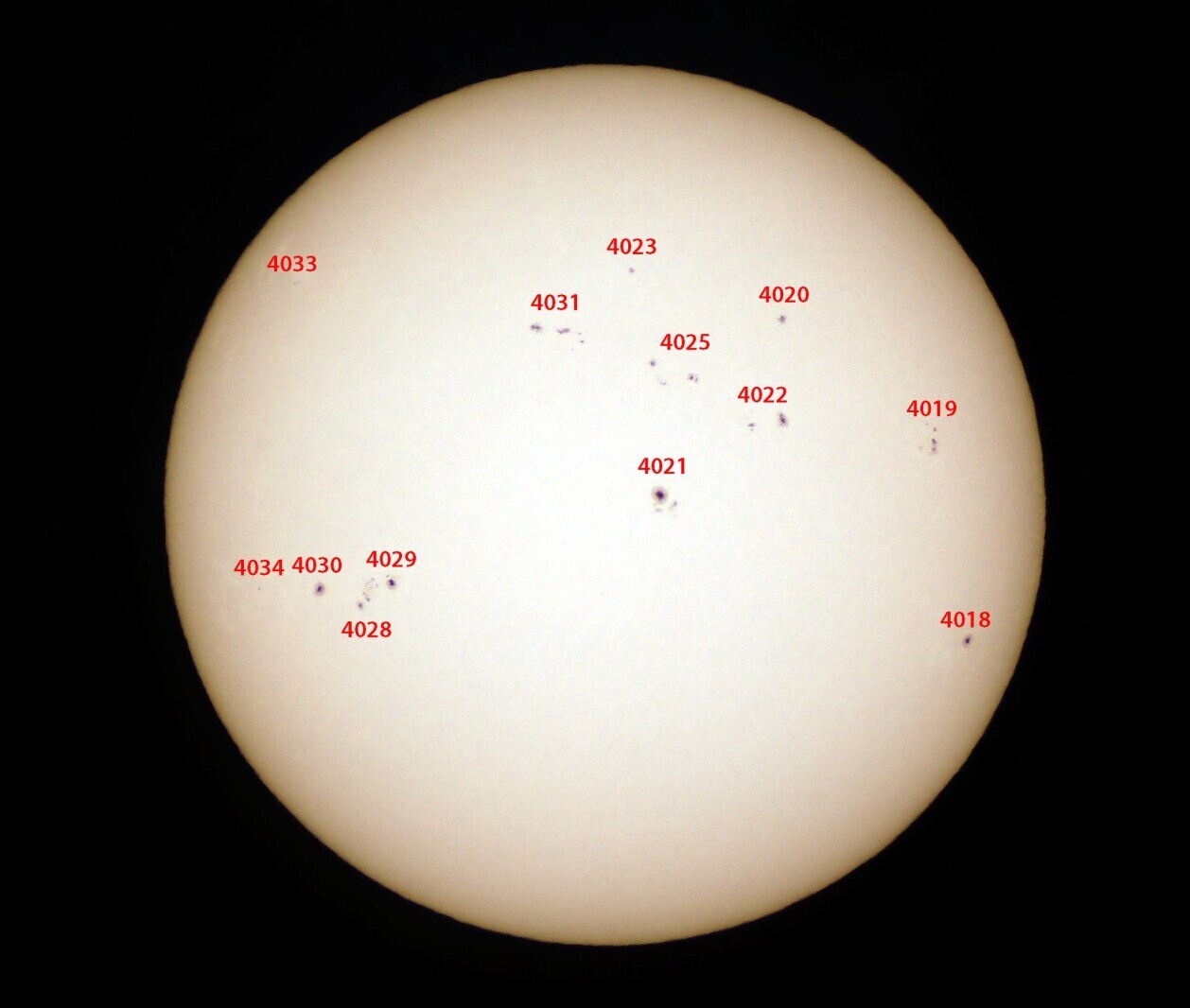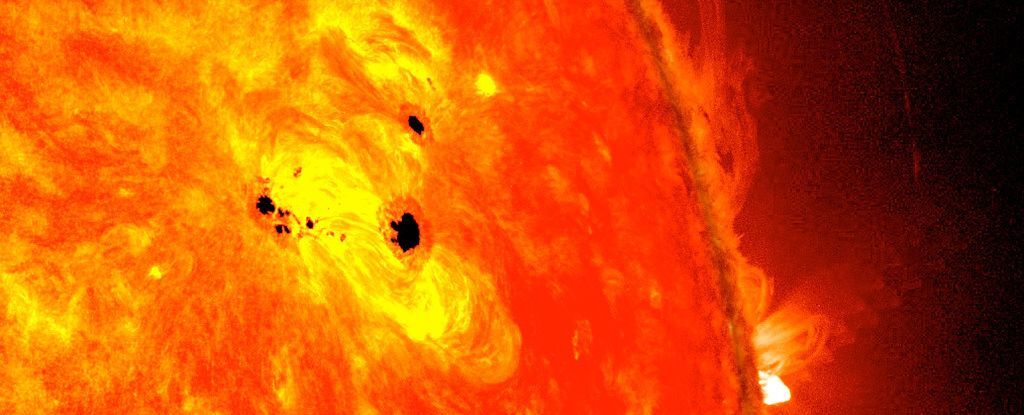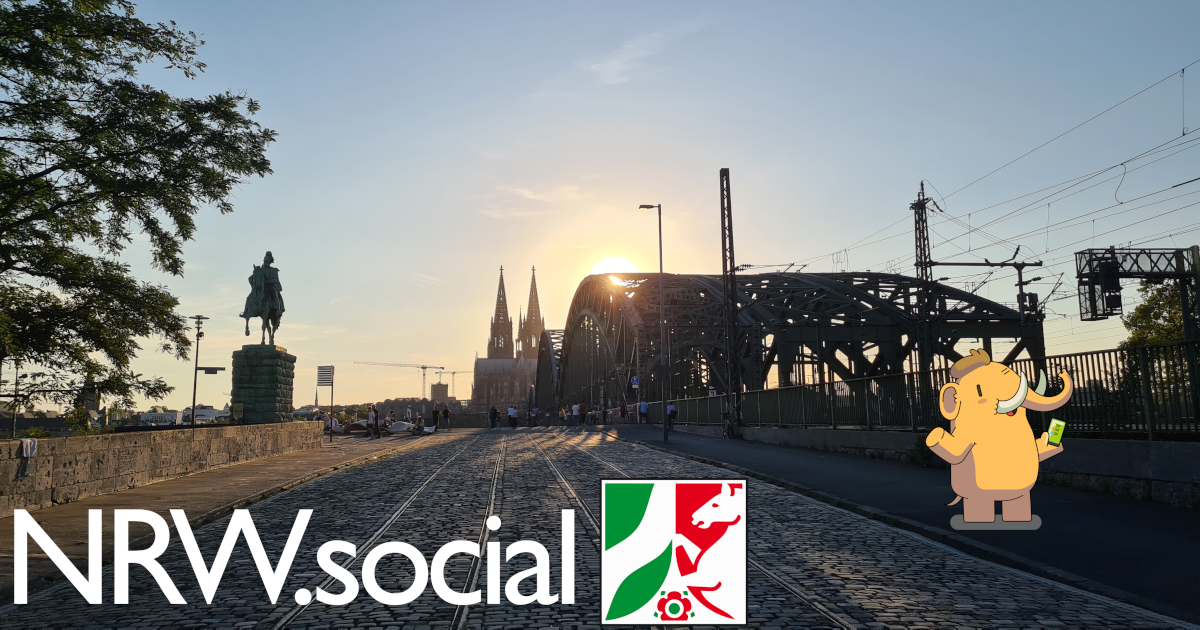Our star today from West Seattle.
Frühere Suchanfragen
Suchoptionen
#sunspots
Wow, what a fascinating Astronomy Day! The sky was mostly clear in both Bonn and Effelsberg, and our visitors were able to experience the partial solar eclipse (SoFi) on March 29 with their own eyes!
A solar eclipse occurs when the Moon passes between the Earth and the Sun. This only happens during a new moon and when the Moon is aligned with the Sun and Earth. There are three types of solar eclipses:
Total SoFi - when the Sun is completely covered. A total solar eclipse lasts a maximum of 7 minutes and 32 seconds;
Partial SoFi - when only a part of the Sun is covered;
Annular SoFi - when the Moon is too far away and therefore too small to completely cover the Sun.
Since the Moon is 400 times smaller than the Sun and exactly 400 times closer to the Earth, it can completely cover the Sun when viewed from Earth. However, a solar eclipse cannot be observed equally from all places on Earth, but only within a narrow geographic area. But wherever you are, remember: Never look directly at the Sun without proper eye protection! For example, SoFi glasses or a welding helmet with the appropriate protection level are suitable, but not regular sunglasses or binoculars.
In addition to the partially obscured Sun, several sunspots were also visible. The number of sunspots depends on the current phase of the Sun's 11-year activity cycle, which is why they are not always visible.
#SaveTheDate: The next partial solar eclipse in Germany: August 12, 2026 – over 80% coverage;
The next total solar eclipse visible from Germany: in 2081.
This article reminds me of the old story:
Guy tells a friend: "I see spots before my eyes!"
Friend: "Have you seen a doctor?"
"No, just spots!"
Astro Bob: Let's Count Sunspots
"The original forecast for the current cycle, dubbed Cycle 25, was made in 2019 with the peak predicted for this upcoming July. However, more recent forecasts hint that we reached maximum in late 2024, so we may have already passed the peak. A more definitive answer will have to wait until the sun enters a slump. Then we'll be able to look back with hindsight and better frame the time."
https://www.duluthnewstribune.com/lifestyle/astro-bob/astro-bob-lets-count-sunspots

The weather has been bad for my hobbies, but I managed a few hours of nebula imaging overnight and then grabbed some solar images on March 19th. Lots of sunspots up there!
Details: https://www.astrobin.com/1fu34c/
Sunday night sunspot sunset.
March 9, 2025. Wolverine Lake, Michigan.
"On a dynamic planet like Earth, it can be easy for drivers of change to go unnoticed – but scientists have now established and investigated an unexpected link between the Sun and our homeworld.
Sunspots, and therefore solar activity, cause seismic activity, according to a team led by computer scientist Matheus Henrique Junqueira Saldanha of the University of Tsukuba in Japan. Their new research reveals how.
'Solar heat drives atmospheric temperature changes, which in turn can affect things like rock properties and underground water movement,' Junquiera Saldanha says."
https://www.sciencealert.com/the-suns-activity-can-trigger-earthquakes-and-now-we-know-how

Today's sun (3:04 PM) and tonight's moon (6:38 PM). I'm a big fan of a thin crescent!
Sun details: https://www.astrobin.com/b7yd4w/
Moon details: https://www.astrobin.com/58ypc4/
Both shot with the same basic gear: SkyWatcher 72ED + 2.25x Barlow + QHY 168C. Moon was captured with an Optolong L-Quad and Sun with a Thousand Oaks solar film.
Today's sun! Conditions weren't amazing, but the sunspots were quite nice.
Details: https://www.astrobin.com/7nqi6x/
Our star today from West Seattle.
Yesterday's sun! Lots of sunspots concentrated in that one area and they are massive.
Details: https://www.astrobin.com/n83ysw/
Yesterday's sun! The chunky sunspots are heading around the bend and it's looking awfully quiet in the other hemisphere.
Details: https://www.astrobin.com/gea408/
It's been a bit since I've been able to photograph the sun and it is looking spotty today! If you've still got those eclipse glasses, you can definitely spot the two biggest without magnification.
Details: https://www.astrobin.com/zj22pn/
#astrophotography #sun #space #astronomy #solarsystem #cosmos #science #sunspots #solarfilter #astronomyphotography #spacephotography #celestial #universe
Our star today from #WestSeattle.
#Sunspots through high fog at 11:00am.
Our lovely star captured on the morning of January 8th. The densely packed area of sunspots seems to be giving way to a quiet patch.
Details: https://www.astrobin.com/n4oa5w

